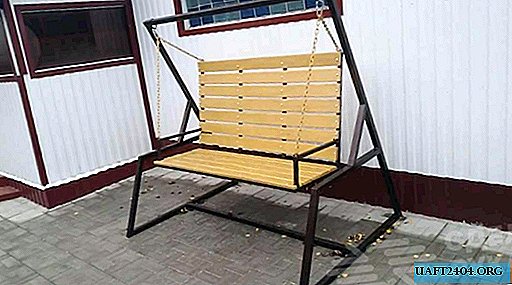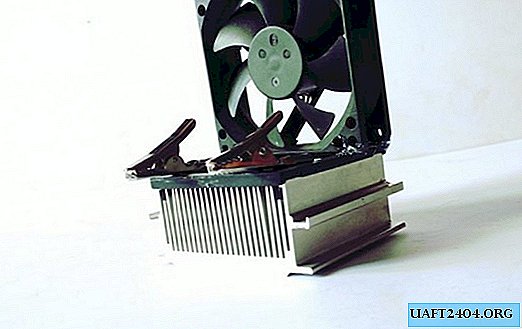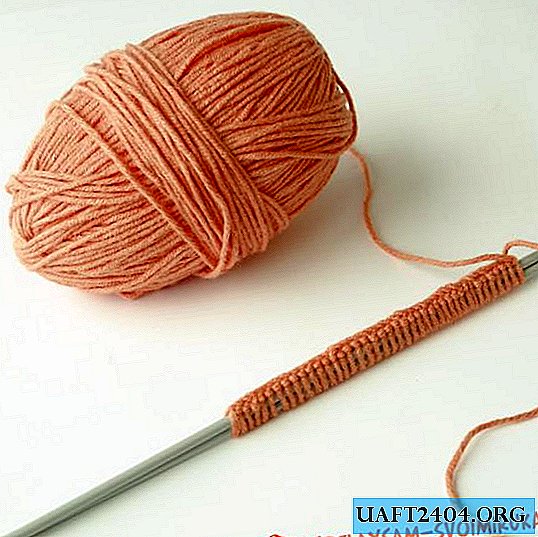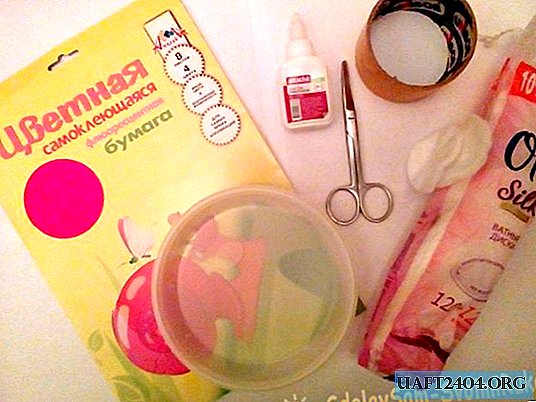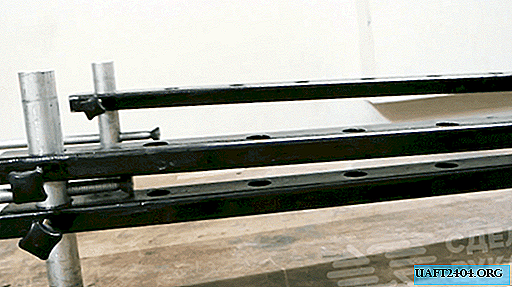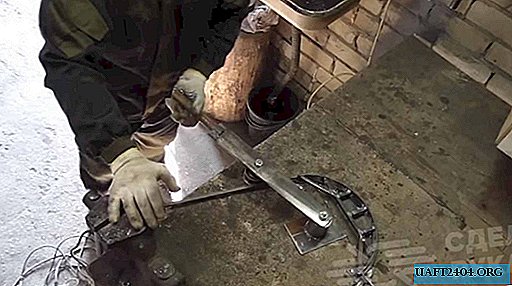Share
Pin
Tweet
Send
Share
Send
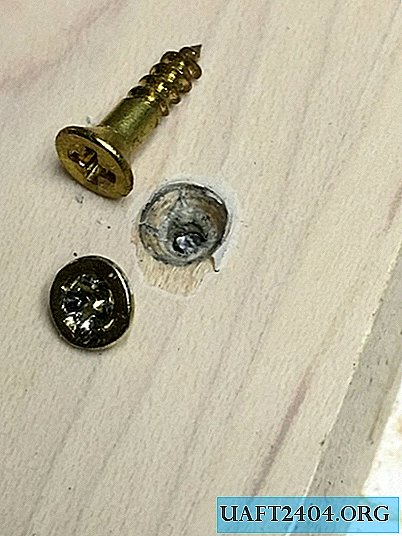
If you had to tighten small screws into hardwood, then, most likely, you have already encountered their breakdown at the most inopportune moment. As a result (for example, when installing the piano loop) there is a double problem:
- It is required to remove a chip of the old screw;
- Screw the new one strictly into the same place.
This process is quite complicated and it is far from always possible to complete it without using a special tool.
The tool is called an extractor. But factory versions tend to break often. And it is far from a fact that you can remove the screw chip carefully without damaging the base at the loop attachment point.
We offer you to make the necessary tool yourself. The practice of its application has proved its reliability, durability and high quality of the work.
Tools and materials
The idea of manufacturing this homemade extractor arose when looking at the adapter adapter for bits with a hole depth of 4 mm, which was sold in a tool store.
The outer diameter of its working part was 6.35 mm. 6 mm wooden dowels perfectly fit into a hole of this size.
The inner diameter provides guaranteed reception of the broken end of the screw after a part of the wood is selected (drilled) around it. The drilling depth depends on the size of the broken screw.
The extractor, the manufacture of which is considered in this article, is designed to work with screws No. 4 (0.112 ”/ 2.85 mm) and No. 6 (0.138” / 3.51 mm), which are used to attach the piano loop to the piano.
In fact, such a tool can be made to work with any screws with an external thread diameter up to and including M16.
In order to remake the adapter into an extractor, you need the following tool:
- A grinder with a cutting disc for metal and a grinding wheel;
- Electric drill;
- Drill for metal with a diameter of 17/64 ”(6.7 mm);
- Wooden dowels 6 mm (1/4 ”);
- Sandpaper and wood glue.


Manufacturing technology
The main task of the adapter alteration is the manufacture of a double-toothed wood saw from the end of its working part.
To do this, it is cut by a grinder along the length from two sides to a distance of approximately (4.5-5.0) mm (3/16 ”). Each of the resulting semicircles (in cross section) is cut diagonally (a cutting tooth is formed).


It is important to keep in mind that it should be formed from the right (maximum height) to the left (minimum height). A manufacturing method, grinding with a grinding wheel.

In the photo, sharpening is done vice versa. This is my first prototype. He started cutting wood only if the drill worked when the drill rotated counterclockwise.


The hole is clean and even to the full depth. There is no vibration during operation.
Removing a broken screw
The operation algorithm is as follows.
1. A cylindrical hole is cut around a broken screw. The selected wooden core (6.70 mm) remains in the adapter.
This hole is necessary to fix the extractor while unscrewing the remaining part of the screw.


In picture 3 it can be seen that the manufactured tool provides high purity of the hole penetration. The drilling depth is determined empirically. Having felt that the remains of the screw are kept weak, it is removed.



Installing a new screw
A 6 mm wooden dowel (pre-lubricated with wood glue) is inserted into the hole remaining in the lid after removing the remnants of a broken screw. After drying of the latter, it is flush-cut in height. The installation site is processed with sandpaper.


Then a loop is laid that completely covers the installed dowel, and a new screw is screwed into the desired hole. Thus, the results of your work are visually invisible.

In order to guarantee the possibility of failure of a new screw, it is necessary to perform two preliminary operations before installing it:
- Drill a pilot hole, the diameter of which is less than the diameter of the thread of the installed screw;
- Use a steel self-tapping screw to thread the entire installation depth;
- And only after that put in place the brass screw of the final fastening of the piano loop.
I hope that this article was useful for you and allowed you to independently produce such a small extractor. Store it in your tools and accessories for future use.
Thank you for taking the time to read this article.
Original article in English
Share
Pin
Tweet
Send
Share
Send

